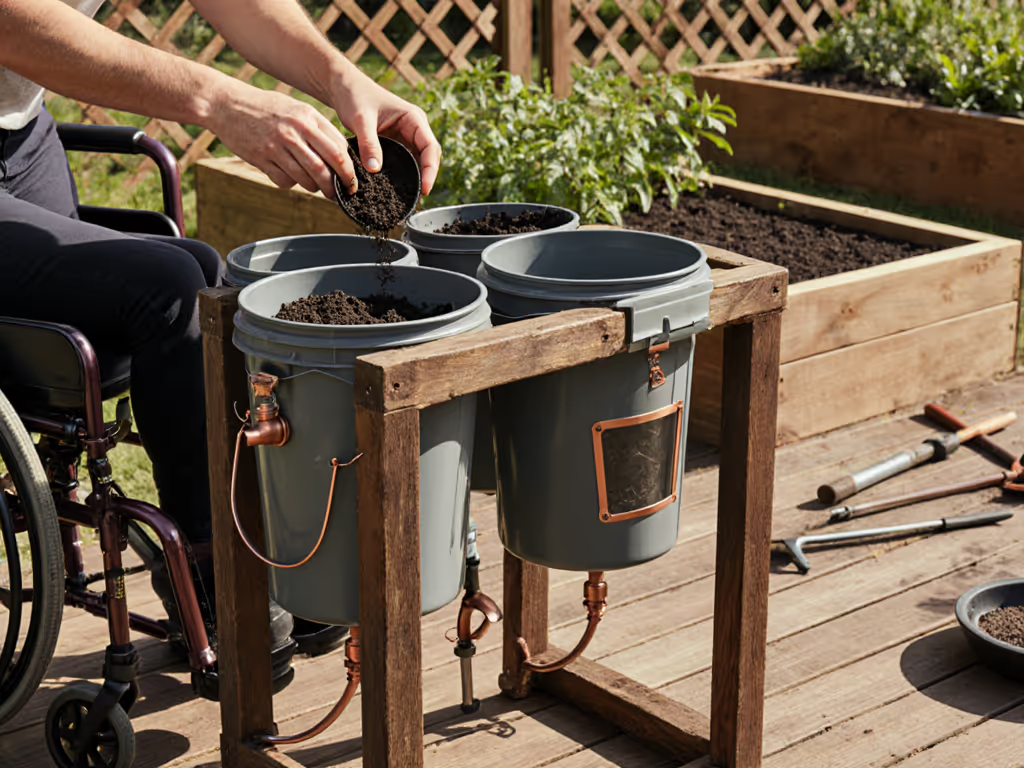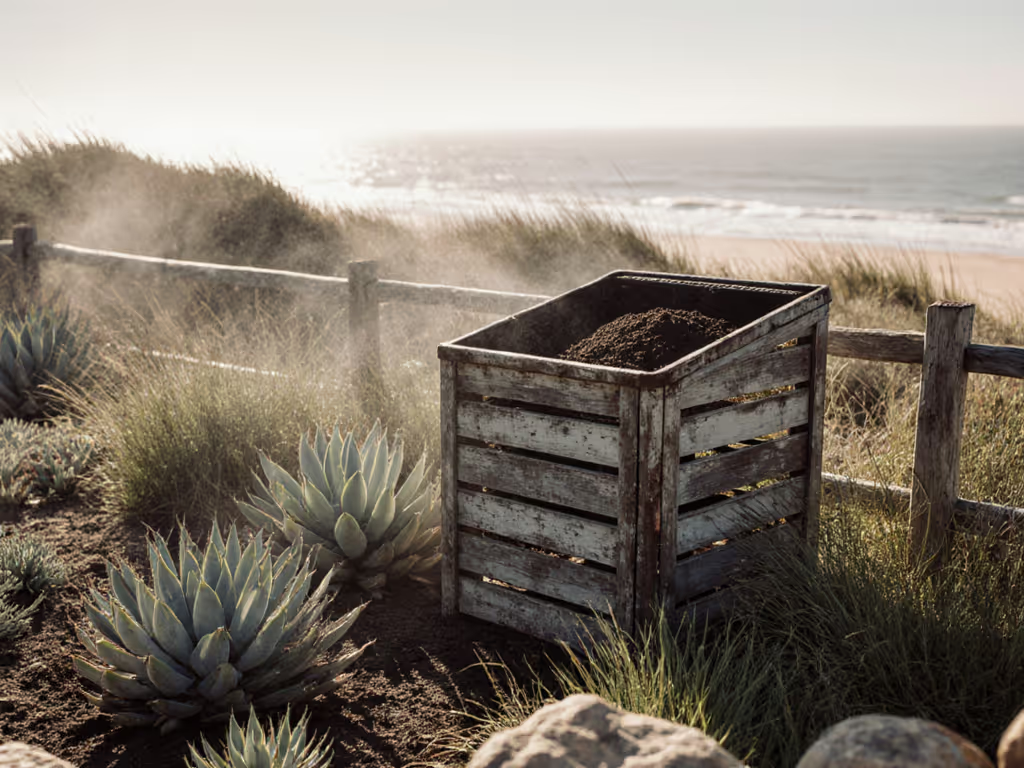
Clay Soil Composting: Bin Solutions for Loose Soil
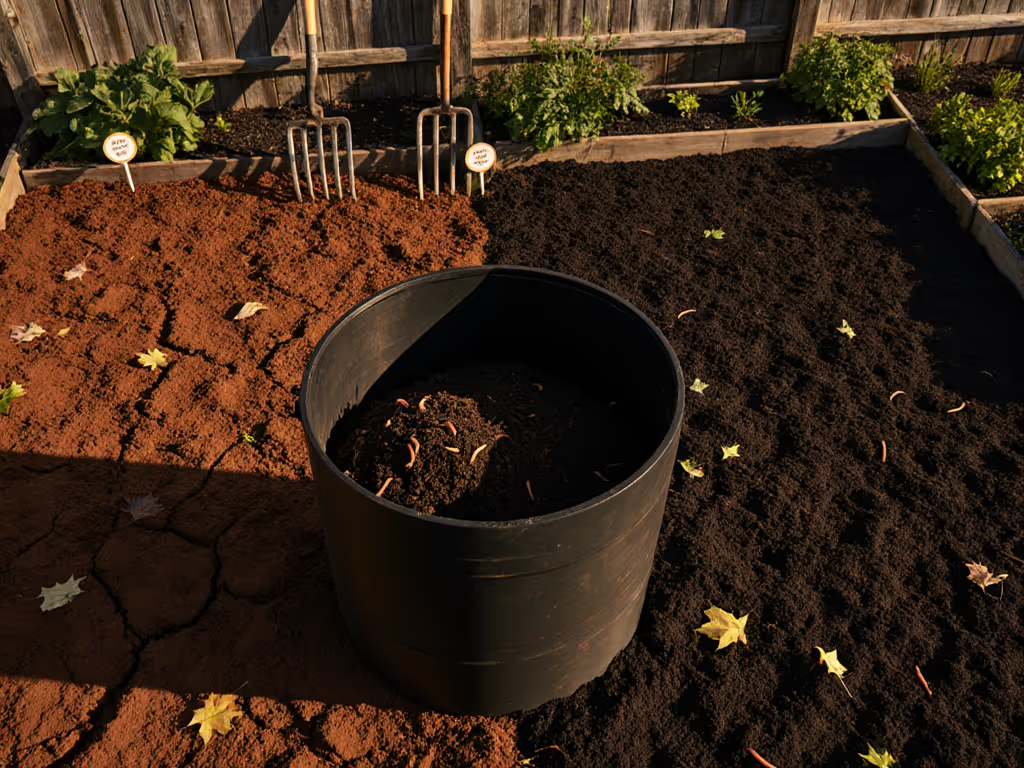
If you're dealing with heavy clay soil, clay soil composting is your most strategic path to healthy gardens. But choosing the wrong compost bin container could land you in regulatory trouble before you see any soil benefits. The reality? Most homeowners don't realize their compost setup must match local ordinances before it matches their soil needs. I've seen too many gardeners invest in systems that attract pests, generate complaints, or violate community rules, defeating the whole purpose of composting. Compliance first, then convenience (no fines, no raccoon headlines). For a quick overview of compliant bin features, see our Neighbor-Approved Compost Container Guide.
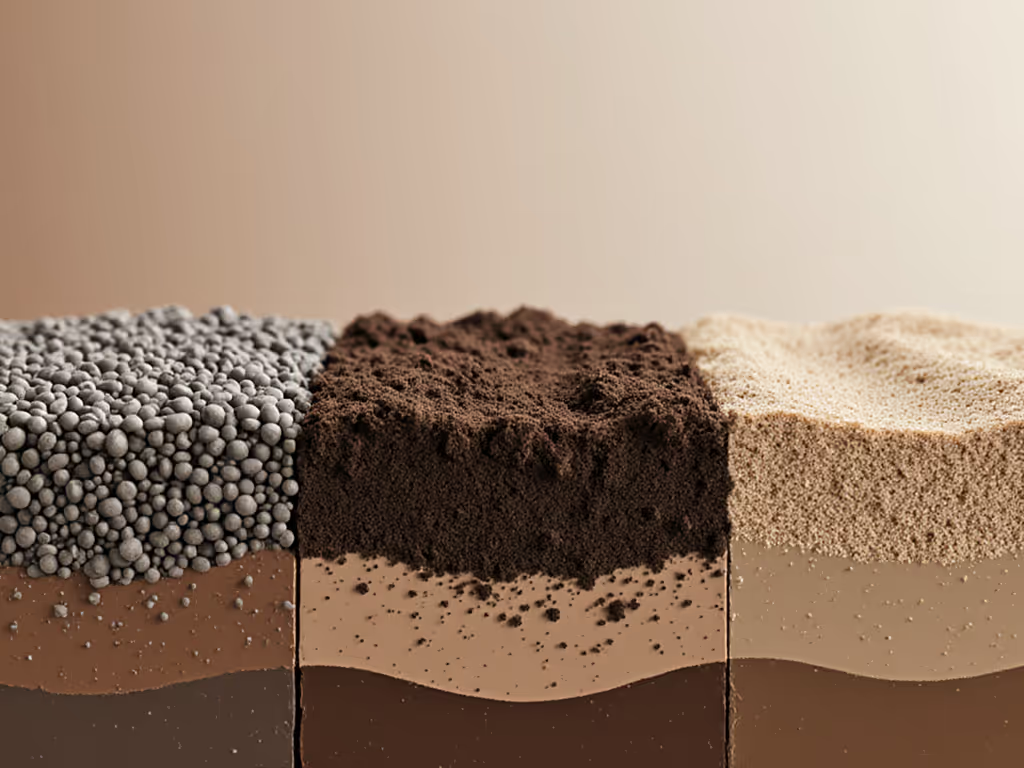
Why Clay Soil Demands Smart Composting Choices
Clay soil presents unique challenges that affect your composting approach. This dense soil structure naturally retains water but restricts root growth and oxygen flow. When amended properly with compost, clay soil can increase crop yields by up to 50% while improving sustainability metrics, according to agricultural research. However, the wrong composting method can exacerbate drainage issues or create neighbor problems before your soil sees any benefits.
Key clay soil realities:
- Naturally high nutrient retention but poor aeration
- Prone to compaction that restricts root development
- Slow to warm in spring but holds temperature well in summer
- High risk of runoff during heavy rains without proper organic matter content
Without proper compost integration, clay soil remains unworkable for many garden applications. This is where thoughtful soil amendment strategies become essential, not just for your garden's health, but for maintaining community harmony.
Step 1: Verify Local Rules Before You Start Composting
Before purchasing any bin or adding scraps, conduct this critical compliance check. Your enthusiasm for clay garden composting means nothing if your chosen method violates local ordinances or HOA policies. I once received an HOA warning about "nuisance odors" after windy conditions scattered kitchen scraps, despite my good intentions. Only after reviewing our wildlife ordinance did I realize we needed sealed tumblers with ground anchoring, plus mandatory carbon top-off rules after each addition.
Your compliance checklist:
- Check municipal codes for bin placement requirements (distance from property lines, required enclosures)
- Review HOA covenants for aesthetic standards and prohibited materials
- Identify wildlife regulations (especially if you have raccoons, bears, or rodents in your area)
- Confirm whether your city requires specific bin certifications
Remember to Check your bylaws: it's the single most overlooked step in successful urban composting. This simple verification prevents the most common reason for composting failure: external pressure forcing you to abandon your system before it delivers soil benefits.
Step 2: Select Your Compost Bin Container Strategically
The right container does double duty: it processes scraps efficiently while meeting regulatory requirements for your specific location. For clay soil applications, you need systems that prevent oversaturation (common in dense soils) while ensuring adequate aeration. Placement affects drainage and airflow too—our science-driven bin placement guide explains how location choices accelerate decomposition while reducing pest risk.
Key selection criteria for clay soil regions:
- Sealed design prevents excess moisture retention in already dense soils
- Elevated base maintains airflow beneath the bin (critical for clay's poor drainage)
- Tumbling mechanism eliminates manual turning that's difficult in heavy, wet conditions
- Wildlife-proof construction meets ordinance requirements for animal resistance
While some gardeners opt for open-bottom wire bins, these rarely comply with urban ordinances and can worsen clay soil compaction when placed directly on the ground. A dual-chamber tumbler, for example, provides excellent aeration through its 360° rotation design, a valuable feature when amending dense clay soils that need maximum oxygen flow.

VIVOSUN Dual Tumbling Composter
Step 3: Implement Soil Structure Improvement Practices
Your composting system must deliver finished product that effectively modifies clay structure. Simply adding organic matter isn't enough. You need consistent, high-quality compost that addresses clay's specific challenges.
Effective clay soil composting requires:
- Carbon-rich balance (30:1 C:N ratio) to counteract clay's moisture retention
- Well-aged material (4-6 months) that's fully decomposed for immediate soil integration
- Strategic application (1-3 inches worked into top 6-8 inches of soil)
Research shows compost binds fine clay particles into larger aggregates, creating crucial pore space for improved drainage and root penetration. If you're dialing in your inputs, our compost science guide on the green-brown balance shows how to hit an efficient 30:1 ratio for faster, odor-free results. This soil structure improvement transforms heavy clay into workable loam over time. When properly integrated, compost also enhances water infiltration rates by up to 50% in clay soils, critical for preventing runoff during heavy rains.
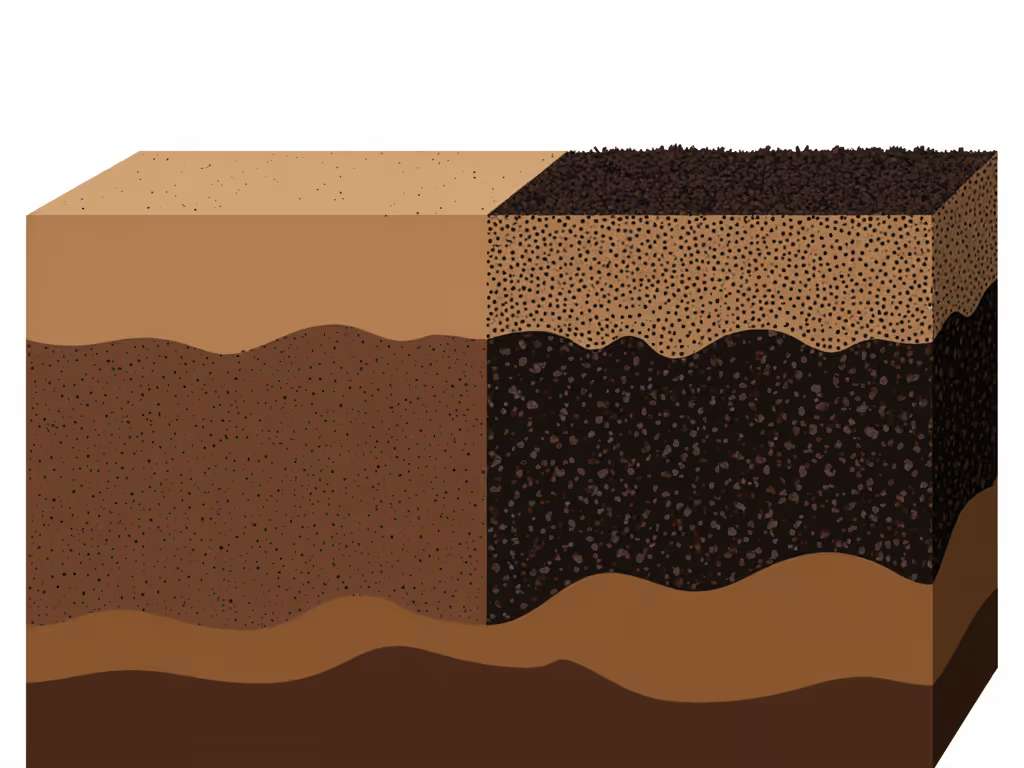
Step 4: Maintain Your System for Long-Term Success
Clay soil composting requires different maintenance than other soil types. Your system must prevent anaerobic conditions while delivering consistent finished compost for application.
Maintenance protocol for clay regions:
- Monitor moisture closely: clay soil areas often produce wetter compost that needs additional browns
- Turn more frequently (every 3-5 days) to maintain oxygen flow in dense material
- Add grit materials like perlite or sand to finished compost for better soil integration
- Store finished compost under cover to prevent oversaturation during rainy periods
This disciplined approach ensures your compost soil conditioner delivers maximum benefits without creating neighborhood issues. If odors or pests have been issues, troubleshoot with our neighbor-friendly compost bin solutions. I've helped numerous communities adopt practices where complaint rates dropped to zero after implementing these simple protocols (three neighbors even joined a curbside scraps program once they saw the system worked without odor or pest issues).
Maximizing Your Compost Impact on Clay Soil
Compliance and neighbor trust are the foundation of effortless, long-term composting.
The true measure of successful clay soil composting isn't just your garden's performance: it's whether your system operates unnoticed by neighbors and authorities. When properly implemented, your compost bin becomes a silent partner in soil transformation rather than a source of community tension.
Remember that compost for clay soil serves dual purposes: it's both a soil amendment strategy and a community integration tool. Systems that honor both aspects reliably deliver the loose, workable soil structure gardeners seek without the common pitfalls of urban composting.
Ready to take your clay soil composting to the next level? Explore municipal composting incentive programs in your area. They often offer rebates for ordinance-compliant bins that perfectly serve clay soil gardeners. Many programs also provide free workshops on optimizing compost for local soil conditions, giving you region-specific guidance that generic online advice can't match.



